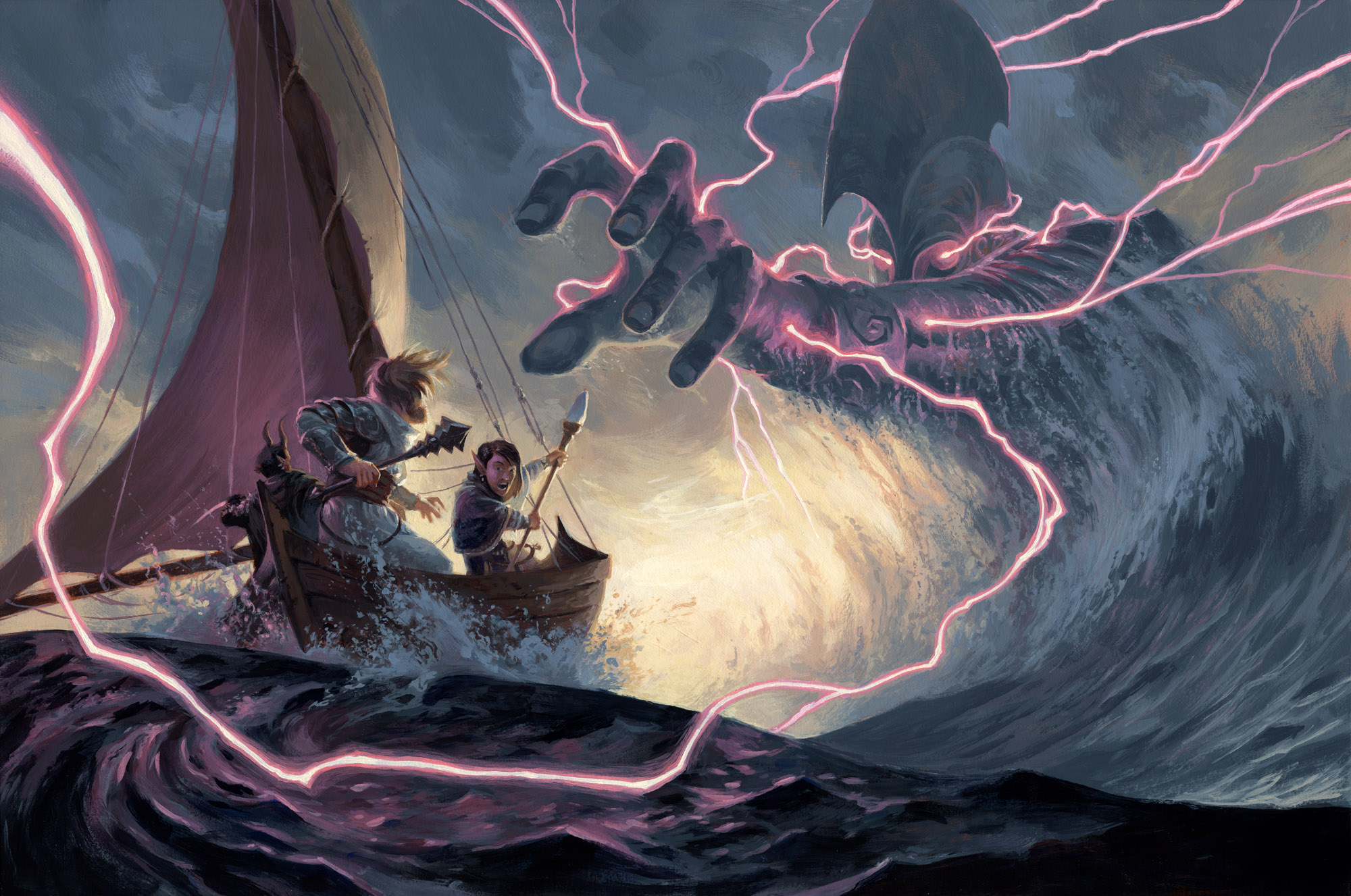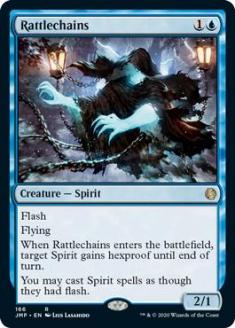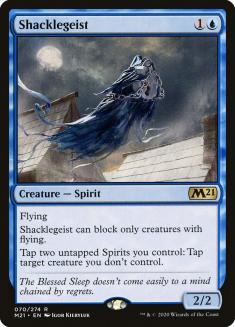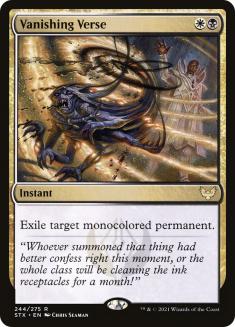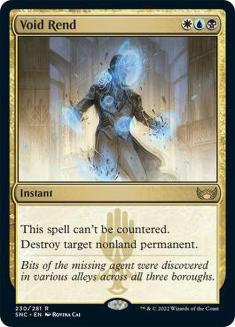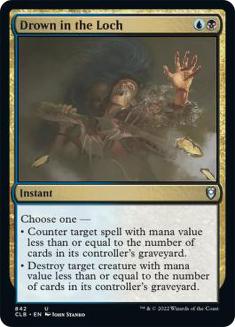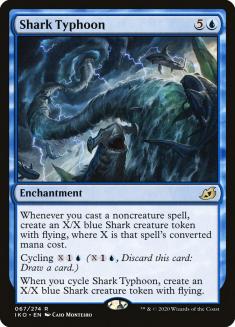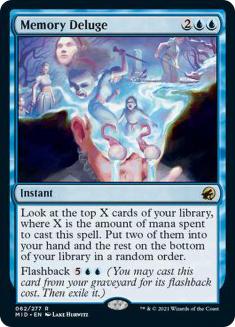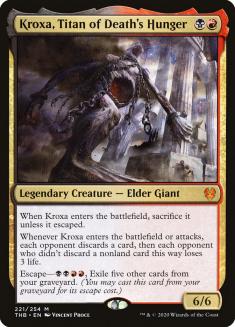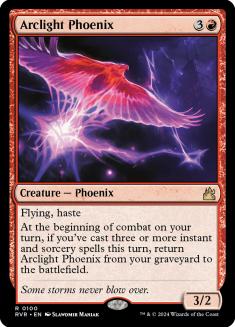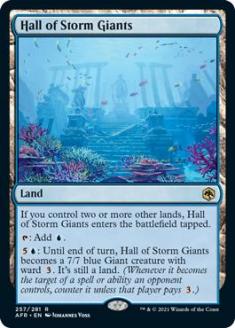With Pioneer ushering in the return of Pro Tours, tournament series across the country are making it their format of choice. I have been following all the in-person events that have taken place over the last few months, looking for trends that would dictate control’s response to the metagame.
The more aggressive Pioneer gets, the more proactive potential control decks must be. Replacing top-end with more removal that excels against the major threats is one of the many steps that control players take to stay ahead of the game. If the reverse occurs, shaving off some early-game survival gear for late-game payoffs would be the correct course of action.
I predicted that the format would continue to increase in aggression, as many players are not enthusiastic about an Azorius Control takeover of their format.
Spirit Week
As good as Azorius Control is, there are some decks that are nightmarish matchups. These tough opponents have been increasing in number, especially decks like Mono-Blue Spirits. For anyone who has played against Spirits, Azorius, Mono-Blue, and/or Bant, you understand the problems they pose. Flash threats, creature protection, and blue disruption combine to create a headache for any control player. These flash tempo decks have been problematic for players like me for years. Luckily for control players in Pioneer, there are ways to combat these decks without dropping much against other matchups.
The answer to Mono-Blue Spirits, and decks like it, is adding black. Esper Control in Pioneer has the tools to defeat a deck like this, with access to leaner removal with a reduced cost. If the average removal spell costs 2.5 mana, it will be a long day for control in a field of flash threats.
I normally would not advise a switch to the third color if one aggro deck is on the rise, but there are many more rearing their ugly heads with each passing tournament. Pioneer players are intimately aware of Rakdos decks traversing the format, but there are some additional threats out there. Mono-Green Devotion, Izzet, Phoenix, Boros Aggro, and Mono-Red Aggro have a stable base in the online metagame.
All these decks have now shown their might in-person, having success in the recent NRG Trial 5K that took place last week. The tournament winner was Izzet Phoenix and there was an overall strong aggro showing in the Top 16. Two of those top spots were not claimed by Azorius Control, but Esper Control instead. Raja Sulaiman and Zach Allen made their marks with a take on Esper Control that I enjoyed analyzing after the event.
Esper Control As It Stands
Planeswalkers (9)
Lands (34)
Spells (37)

Planeswalkers (10)
Lands (33)
Spells (37)

Planeswalkers (11)
Lands (34)
Spells (35)
- 1 Plains
- 1 Island
- 3 Absorb
- 3 Supreme Verdict
- 2 Dovin's Veto
- 2 Oath of Kaya
- 4 Omen of the Sea
- 3 Shark Typhoon
- 3 Vanishing Verse
- 3 Memory Deluge
- 4 March of Otherworldly Light
- 2 Farewell
- 4 Void Rend
Sideboard

Both NRG decks presented the best that the format has to offer control fans when the format is leaning aggressive. I wrote an article last month that had a more white-based approach, but mentioned that the deck would have to shift in the likely event that aggro took over.
Even though control is light-years ahead of some aggressive decks in power rankings, it rarely becomes the most-played archetype. For reasons that escape me, some players cannot stand drawing a bunch of cards and killing all their opponents’ permanents. Maybe that psychological drive can be a topic for a future article. These two folks are clearly on the heroes’ side, playing Teferi, Hero of Dominaria in a format where he is king. Their lists, in comparison to mine a few weeks back, have the same powerful spells. The difference came down to their black-based strategy of cheap removal.
Raja and Zach are both playing four Fatal Push. I have now joined that club. With the staples of the format, we are nearly identical. March of Otherworldly Light and Farewell are the only two outliers in my 80-card deck. These spells transform into Fatal Push and Thoughtseize, and then our Esper Control calibration is complete.
My manabase needs some changes, but Raja and Zach have done that already. There are a few changes I’m eager to make, yet disagree with last week’s numbers. Let us break down the strengths and weaknesses of these decks and finish with an optimized Esper Control list to take on this aggressive live Pioneer metagame.
Strength: Drown in the Loch
Zach is right on the money with a few card and number choices. I do not know what I was thinking, not having Drown in the Loch as a flexible disruption spell in the Esper colors. Raja did not include it in his deck, but I think that he and I were both mistaken. The downside to a card like Drown in the Loch is so low that it should see play in multiple formats. It is a low-risk removal spell for decks that rush you straight out the gates in the early turns. If it is dead in that regard, it will eventually become a counterspell in the late-game against most other matchups. Whenever Esper Control wants the best of both worlds, Drown in the Loch must be in the conversation.
Strength: Thoughtseize
Both Zach and Raja played four Thoughtseize, with which I initially did not agree with. The manabase in Esper Control is suspect at best when trying to fire off a Turn 1 play. Eight sources of untapped black mana, all of which shock you, are not dependable.
This logic should be especially valid with the field as aggressive as it is, but that analysis was too narrow. I used this understanding of deckbuilding and the format to rule out Fatal Push as well. It turns out that these two spells, especially Thoughtseize, are powerful enough to deploy later in the game.
I always feared drawing Thoughtseize late in the game, or having it interfere with the disruption curve that starts off on Turn 2; however, the gameplay did not reflect that concern. These cards are effectively used in the two-spell turns, pairing well with the powerful control staples as early as Turn 3. Unlike in Modern, Thoughtseize is not an optimal Turn 1 play in Pioneer. Even when not pairing it with another spell, having it hit the opponent on Turn 2 is effective enough.
Strength: Shark Typhoon and Memory Deluge
The rest of their decks mirrors what I initially built weeks ago, and I believe we are on the same page. Raja and I are fans of Shark Typhoon, while Zach is not. Zach has a cleaner removal package, where Raja enjoys a few one-of options that I would likely not play in Pioneer. Both Raja and Zach played four Memory Deluge, which I did until the last minute. These are minor differences that will not make or break your tournament. The beauty of control is the customization opportunities, especially with the numbers. Some of the cards are required staples; however, the number of each is really up in the air. With aggro decks, it is usually four of each cards with very little room for a unique twist.
Cause for Concern
Having discussed Esper Control’s strengths, there are some aspects of these Esper Control decks that I would not adopt for specific reasons.
Some of the differences between their lists and my initial take on Esper Control can heavily impact matchups in this aggressive metagame. Their decision to center around a black-based disruption package was great and led them to their recent tournament success. Both players ended up finishing in 5th – 8th place in this event, with Izzet Phoenix winning. There were Mono-Blue, Rakdos Midrange, and Mono-Green decks above them in the standings as well, all of which are beatable from the Esper Control side.
The Biggest Concern: Where’s Rest in Peace?
The first change I would immediately make to their list is return Rest in Peace to the lineup and remove Graveyard Trespasser. I am a sucker for creatures that can serve as hate cards while simultaneously beating down the opponent. Unfortunately, Rest in Peace is a broken Magic card and completely upends two of those four decks that passed them.
Kroxa, Titan of Death’s Hunger; Arclight Phoenix; and every other annoying threat that the graveyard holds lose to a two-cost enchantment. That type of return is good enough for Legacy and Modern, which is why it will be a contributor to my Pioneer control decks.
This one event is not the data point for this type of conventional wisdom. Graveyard Trespasser is a powerful card, utilized by Rakdos decks everywhere, but we have a responsibility that they do not have. Once Rest in Peace is on the battlefield, each removal spell exiles, synergies completely shut off on the other side of the battlefield, and some enemy combos end up dead on arrival. Graveyard Trespasser is a flashy, more powerful entity if it survives, but its survival is a huge liability for the control user.
A New List
Planeswalkers (9)
Lands (33)
Spells (38)

As mentioned, I have taken their lead and injected the black-based disruption approach. This involved modifying my manabase to look like theirs.
I liked Zach’s the best and only added a Hall of Storm Giants. This is a one-of for now, but I will get a second one in the lineup after a few more runs with this list. The creature-land is too powerful to leave on the bench and should see increased action in Pioneer as control continues to evolve.
The best of each list is reflected in this updated version, with innovation from all three parties represented. It warmed my heart to see two established figures in the community do well with Esper Control in this budding metagame. Pioneer has been a popular format online for a few years, but has fallen off hard in-person since the pandemic. While Modern has been the glue holding paper competitive Magic together, Pioneer is finally getting its time in the spotlight.
With that in mind, the live metagame is early in its developmental process. The established decks are there, but with recent bans and a new professional focus on the format, we are in for a real treat in the coming weeks.

